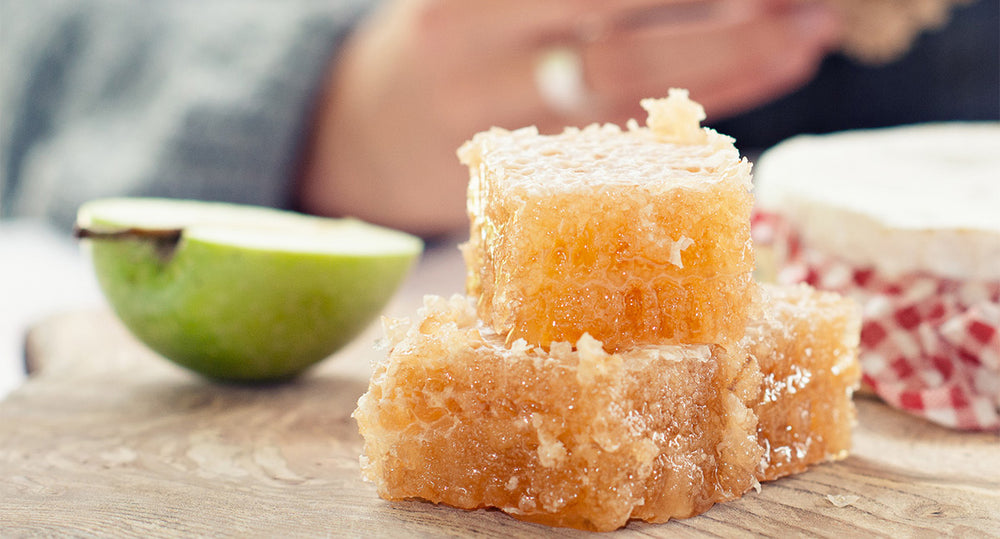Having an accident, being careless, being young, having a dangerous job or being a thrill seeker, all have one thing in common – an increased risk of suffering bumps, cuts and scrapes. Sometimes, a quick plaster on the knee, a hug and a kiss from mum or brushing ourselves down is enough to survive these bumps. Other times, in more serious accidents, a trip to the hospital is required.
But for all other cuts and scrapes, honey could help to encourage our wounds to heal. Active, healing honeys, such as Necta & Hive 100% unpasteurised Jarrah and Marri honeys have antimicrobial properties, measured by their TA, or Total Activity, rating. The higher the TA, the more antimicrobial the honey. Necta & Hive honeys have one of the highest TA ratings of all honey on the market.
Our honey contains a naturally occurring enzyme called glucose oxidase (it’s put into honey by the bees who produce it). Glucose oxidase reacts with oxygen from the water in honey, to create hydrogen peroxide – which in these concentrations, is a potent antimicrobial agent that’s bad news for the bacteria that can infect wounds, but is kind to human skin tissue.
This means that honey can help to heal wounds, skin infections and burns that have become infected, and can help non-infected wounds from becoming infected. Honey also has a high viscosity, and this property means that it helps to form a protective barrier over skin wounds. Honey also keeps wounds dry by drawing water from the surrounding tissues (osmosis) and encouraging the flow of lymph to the wound, which promotes healing.
It has a pH balance ideal for promoting wound healing, too, by helping the blood to release oxygen to the area and reduces the presence of microorganisms called proteases that can interfere with the skin healing process.
How to use honey on wounds
If you or a loved one has a wound that is particularly deep, won’t stop bleeding, is showing signs of an infection (oozing yellow or green fluid, feels hot or has a foul smell) or is taking longer than normal to heal, it’s important to see a healthcare professional for medical attention.
Specialist wound care and burns nurses and doctors now commonly use honey infused dressings to help heal wounds, but honey can also be used on minor wounds at home, too. Here’s how…
- Wash your hands and get everything you need nearby, including sterile gauze, cotton buds and honey
- Making sure the wound is clean, use a clean cotton bud to either apply a thin layer of honey directly to the wound, or straight onto a sterile gauze
- Always use a new cotton bud each time, never dip the cotton bud into the honey after it’s touched your skin
- Place a clean sterile gauze over the wound if you applied honey directly to the wound, or place the honey covered gauze over the wound and gently tape it down or press the sticky sides down
- The best gauze to use is one that has a waterproof backing, to help prevent the honey oozing out
- Repeat this daily until the wound appears to be healing, then reduce to as often as needed (whenever drainage from the wound saturates the dressing)
- Within a few days or weeks, your wound should be perfectly healed!
Shop our collection of delicious, 100% natural, active honeys… Click here
Not sure which honey is right for you? Then use our rating and taste guide to help you.






